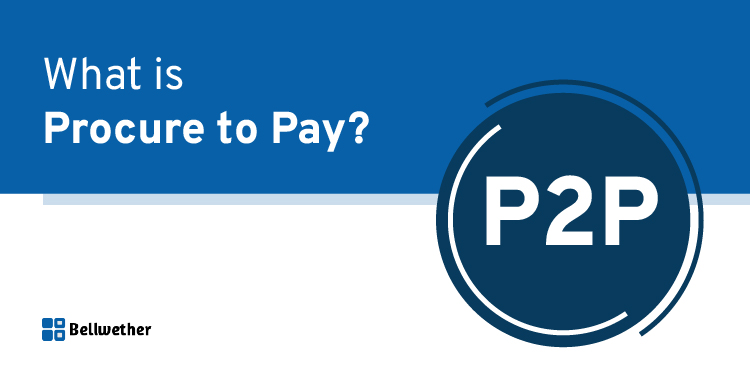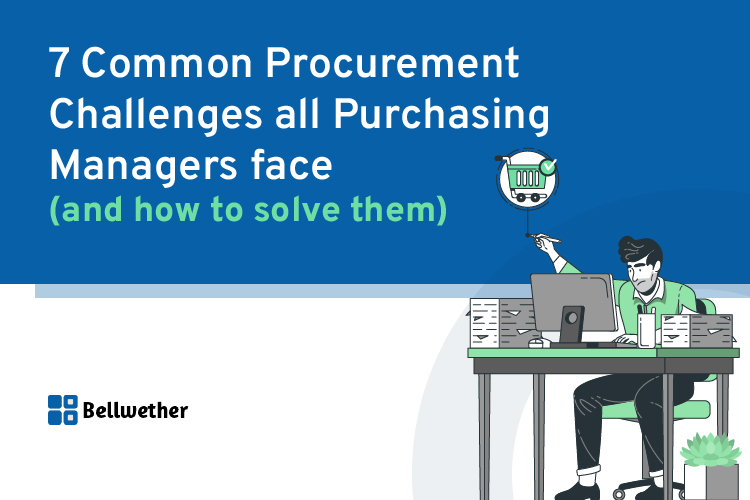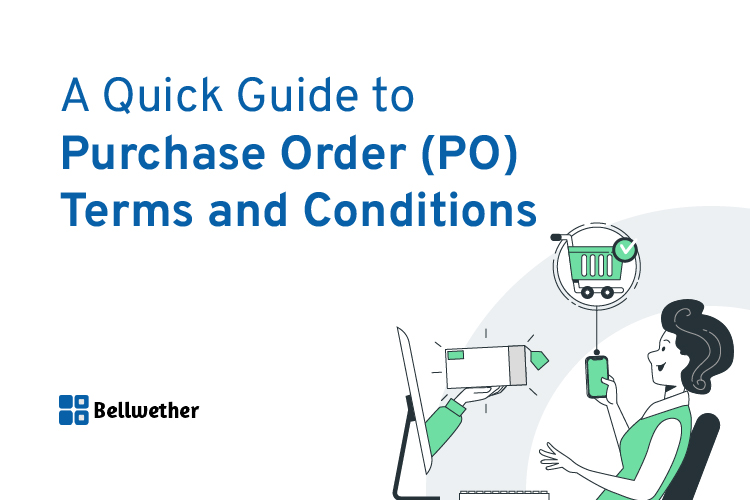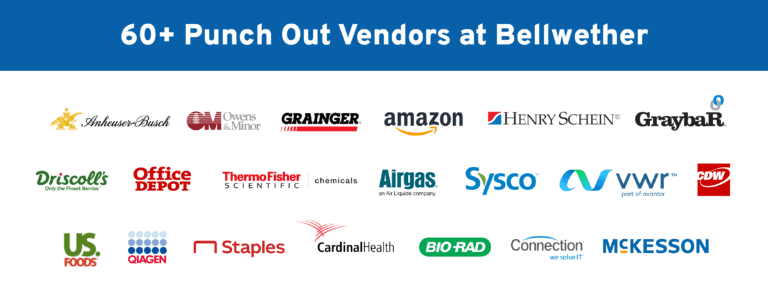Tuesday we looked at 5 Best Practices for purchasing professionals. Today we will look at 5 more and conclude this topic.
- Make Use of the Available Technologies
Several businesses are already using various types of technologies to effectively manage their operations. From computers to smartphones and software, companies are utilizing every form of technology to have effective business communication, improve productivity, efficient supply management, and better customer service.
The purchasing operations of companies can be improved using purchasing software. This type of software is beneficial in the inventory management as it helps monitor the existing inventory of the company and automatically generates the orders when the stock has reached a certain inventory level. A purchasing software also helps expedite the purchasing process of the company. Overall, this software is beneficial in handling and tracking purchases.
- Create and Maintain a Preferred Vendor List
A preferred vendor list is commonly used by large companies to assist them in choosing the right suppliers that meet their requirements and have completed a comprehensive review process. Ideally, a preferred vendor should have a good reputation and is fully licensed. By using a preferred vendor list, companies can maximize the best overall value offered by preferred vendors. It also helps in reducing company costs as some vendors tend to offer big discounts and deals to their loyal customers. In some cases, preferred vendors honor the special requests of their clients and customize certain products or service based on the budgetary requirement of a company.
- Conceptualize and Implement Incentive Programs The Are Beneficial to the Company and its Employees
Incentive programs are one way the companies can motivate their employees to work harder and improve their job performance. As a result, companies are able to reduce their cost, improve their profits, and increase their sales without the need to hire more employees. A good incentive program should be realistic, time-oriented, and simple.
- Develop a Good Negotiation Technique
Negotiating successfully with the suppliers takes some practice and strong negotiation skills. Good negotiators clearly understand the company’s goals and objectives. They also exert some time and effort to determine the strategy and goals of the suppliers for the negotiation. A good negotiator also knows when to negotiate.
When negotiating, it is important that the negotiator only relay reliable figures and facts. It would be helpful if the negotiating team prepares an agenda and discusses it among themselves ahead of time. A good negotiating team only negotiates with suppliers that are willing to make concessions.
- Organize a Centrally-Led Purchasing Model
A centrally-led purchasing model will allow companies to develop a flexible supply chain management process that can be customized at the local level if needed. This type of procurement model also helps companies reduce their operational expenses while increasing their operational efficiencies. Overall, this model is helpful in the company’s purchasing management strategy.
The effectiveness of these 10 purchasing best practices depends on their proper implementation. Moreover, the success of the purchasing strategies does not solely depend on the purchasing departments but on other members of the company as well. Working as a team will make it easier for companies to attain business success.






